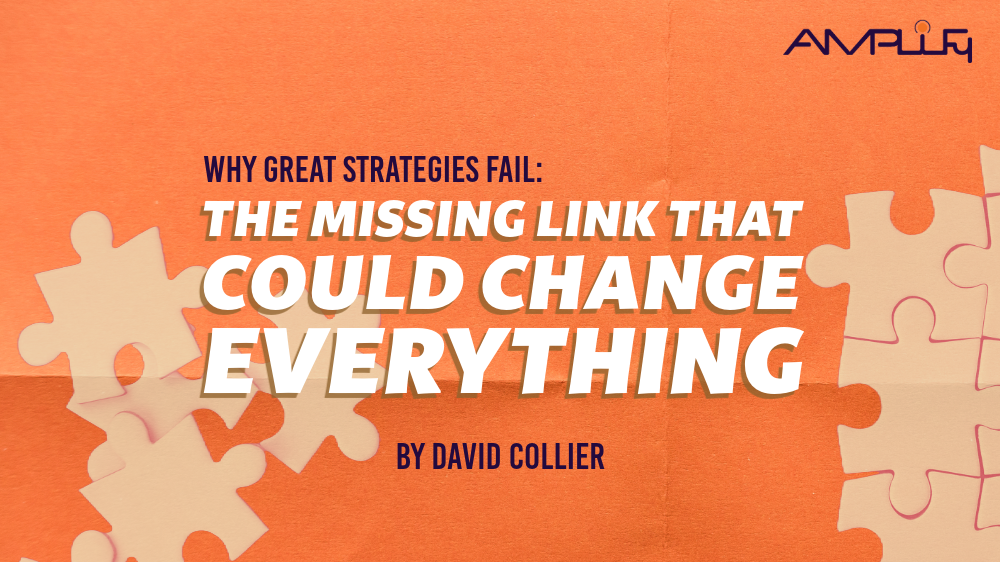Transformation in 2025: How to Turn Data and Processes into Your Competitive Advantage
Transformation in 2025: How to Turn Data and Processes into Your Competitive Advantage
As we enter a new year, many organizations find themselves reflecting on past performance and setting goals for the future. The year 2025 presents a unique opportunity to not only recover from recent challenges but to leap ahead by embracing the transformative power of data and process optimization. For companies seeking a competitive edge, the intersection of data and processes offers a compelling path forward.
By strategically integrating innovative approaches to data and processes, your organization can unlock unparalleled opportunities for growth, efficiency, and resilience in 2025 and beyond.
The Strategic Importance of Data and Processes
Simply put, data is the lifeblood of decision-making. Yet, raw data alone is not enough. Without streamlined and effective processes, even the most insightful data can not drive meaningful change. Companies that align their data strategies with optimized workflows stand to:
- Make faster, smarter decisions by harnessing real-time insights.
- Reduce inefficiencies and cut costs through process automation and refinement.
- Enhance customer experiences by delivering tailored solutions with precision.
- Stay agile in the face of market shifts and disruptions.
The question isn’t whether to invest in data and processes but how to do so strategically.
3 Steps to Turning Data and Processes Into a Competitive Edge
1. Audit Your Current Systems
Before making changes, conduct a comprehensive review of your existing data systems and processes. Ask questions like:
- Is our data clean, accessible, and integrated across departments?
- Are there bottlenecks or redundancies in our workflows?
- Do our employees have the tools they need to make data-driven decisions?
A thorough audit will uncover gaps and highlight areas for improvement, setting the stage for impactful transformation.
2. Invest in the Right Tools and Technologies
The right tools can turn data and processes into powerful enablers of growth. Consider:
- Data Management Platforms: Centralized solutions to organize, clean, and analyze data.
- Automation Software: Tools like robotic process automation (RPA) to eliminate repetitive tasks and streamline operations.
- Integrated Analytics: Advanced analytics platforms powered by AI and machine learning to provide predictive insights.
Technology investments should align with your specific goals, whether it’s improving operational efficiency, enhancing customer engagement, or driving innovation.
These investments and decisions should be made not based on what the current “flavor of the day” is in the public eye, but rather based on what fits your actual needs and environment.
3. Foster a Culture of Data-Driven Decision-Making
Tools and technologies are only as effective as the people using them. Build a culture where:
- Employees at all levels are empowered to use data in their roles. For example, whether you’re talking about the intern or the CTO, providing accessible dashboards and clear performance metrics can help teams track progress and make informed decisions in real time.
- Training programs equip teams with the skills needed to leverage data and optimize processes. Offering workshops or hands-on training sessions can ensure employees understand how to apply data insights effectively in their daily workflows.
- Leadership prioritizes transparency and collaboration, ensuring alignment across the organization. This means to empower and celebrate people sharing not only the 'good' data, but also the realistic data that can drive the business' decisions to avoid the issues seen in the data. An empowered data team is an effective data team.
Organizations that embrace a data-driven mindset will be better positioned to adapt to change and seize new opportunities.
The Time to Act Is Now
As 2025 unfolds, the organizations that prioritize data and process transformation will be the ones to lead their industries. By taking deliberate steps to audit your systems, invest in the right tools, and foster a culture of data-driven decision-making, you can position your company for sustained success.
At Amplify, we specialize in helping businesses unlock the full potential of their data and processes. Whether you’re just starting your transformation journey or looking to refine an existing strategy, our team can provide the expertise and guidance you need. Let’s make 2025 the year your organization takes the lead.
Reach out to us to learn more about how Amplify has helped businesses across industries achieve real results. From boosting efficiency to streamlining workflows and improving employee satisfaction, we bring proven strategies tailored to your unique needs. Let’s explore how we can help your business thrive in 2025.




